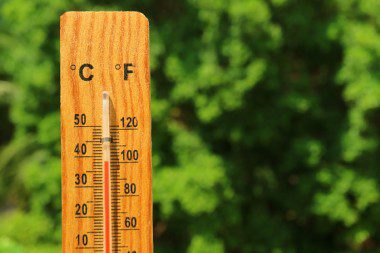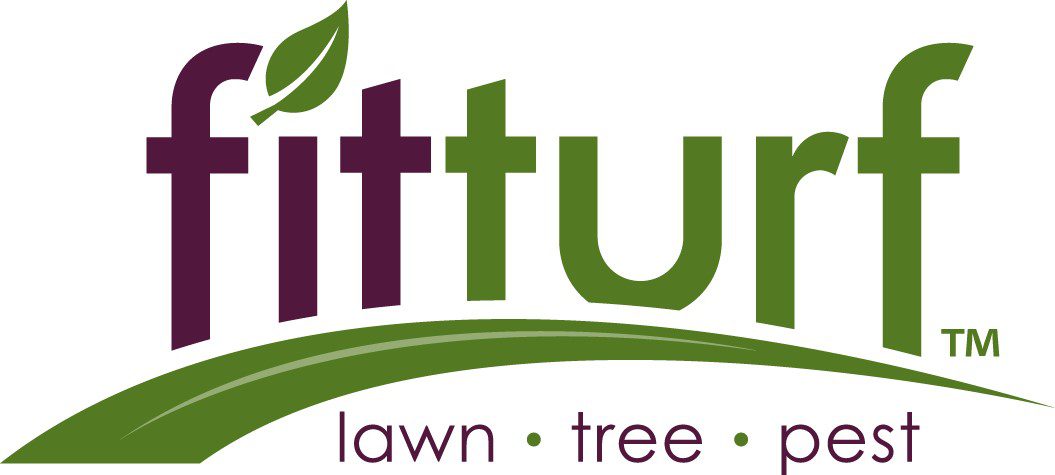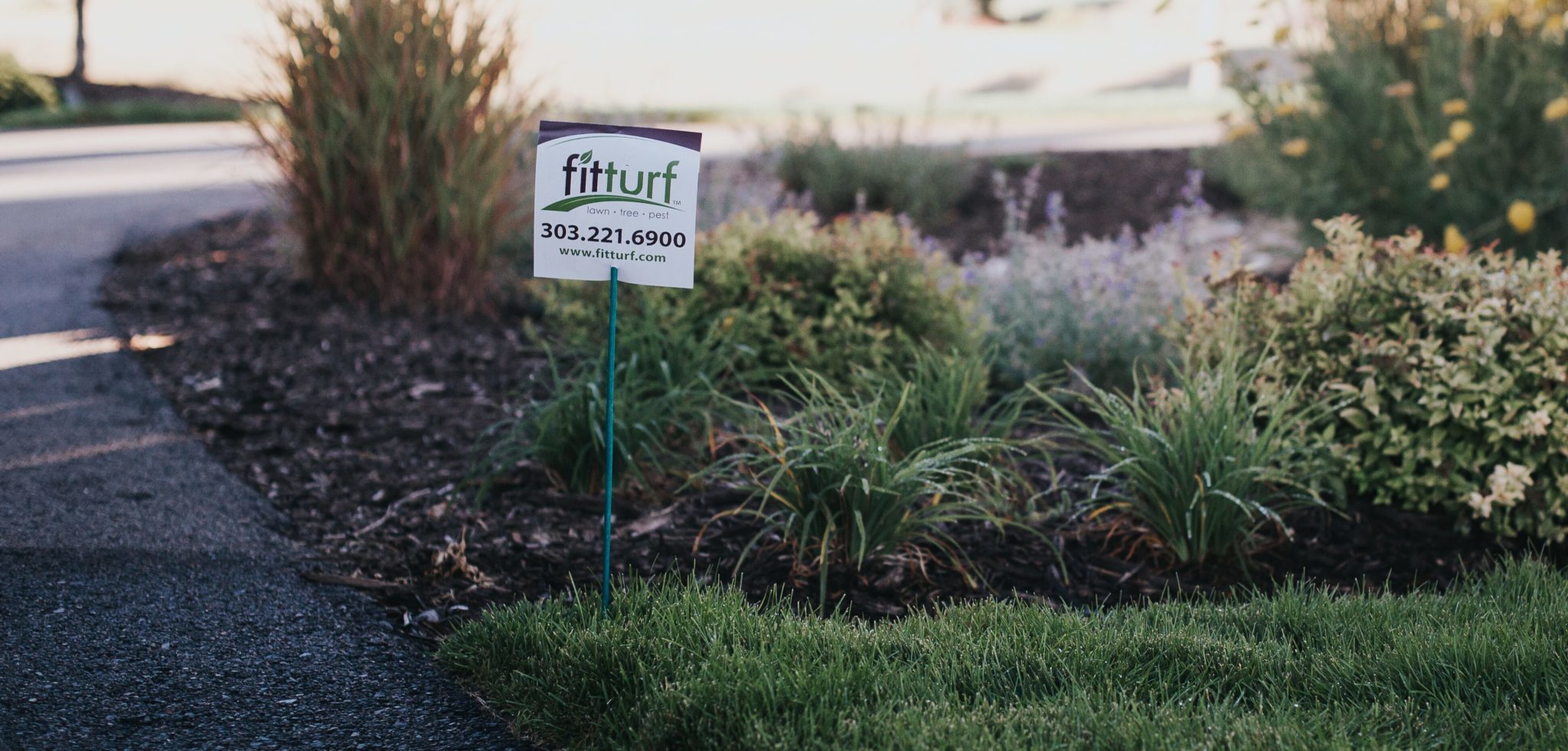LAWN TIPS: How to Care for Your Lawn in the Summer
Lawn Care Tips In Extreme Heat
People often wonder if there need to be any changes made to their lawn maintenance routine when the summer heat arrives. The answer is YES! Extreme temperatures can have a negative effect on your landscape, seemingly overnight. In order to maintain a healthy lawn during the heat of summer, follow these easy steps from Fit Turf!

IRRIGATION
Water early in the morning for the best absorption and less waste, and make sure you water deeply to reach the root zone. For hot days that exceed 85 degrees, you may need to water three or four times a week. It’s very important that established lawns receive at least 2.5 inches of water per week during this time. It’s important, however, that you do not water every day. Less frequent watering is the best way to promote deep growth of grass roots. Watering too much can also result in stress to the lawn.
In addition, don’t water immediately after mowing. Waiting 24 hours allows the grass to heal, and reduces the chance of fungal growth. You should keep an eye on your lawn to determine the need for any increase in the amount of water being applied.
Signs of a lawn struggling from heat stress or a lack of water include:
- Grass that leaves foot prints after being walked on (grass remains matted).
- Lawn looks brown or dead. When temperatures exceed 90 degrees, the lawn may go dormant, which is a natural survival mechanism for Kentucky bluegrass blended lawns.
- Use the screwdriver test! Push a screwdriver into the soil. If it doesn’t penetrate the soil easily, it’s too dry, and will become more problematic.
- Random brown patches (depending on the pattern).
MOWING
Mowing is vital to all types of turf, and how it is done can drastically affect the health of any lawn.
The recommended mowing height is 3-3.5 inches during the summer months. A lawn cut at 3 inches holds water longer than a lawn cut at 2 inches. It’s also important to mention to never cut more than 1/3 of the blades of grass. That can cause a reduction in turf density, and reduces its ability to withstand environmental stresses.
Be sure to mow the lawn when it’s dry, and again, do not water the lawn after you mow. If possible, mow when its cool outside; morning or evening. Mowing at the peak heat of the day places stress on the turf. Also, make sure the mower blade is sharp. Dull blades bruise and tear the tips of the grass.
If you’re not sure your lawn is struggling from heat stress, and would like us to provide you a diagnosis, send a picture to info@fitturf.com and we will promptly respond!

